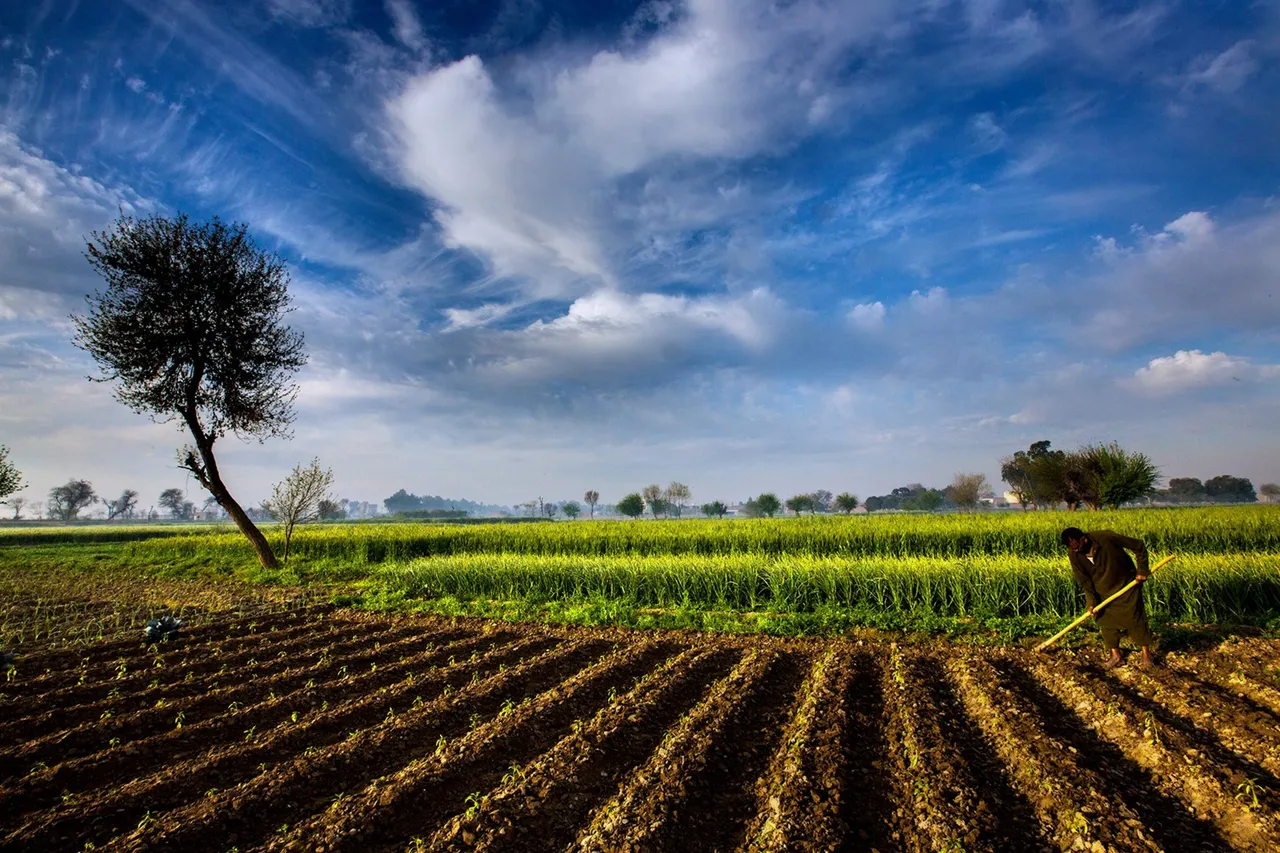
A farm is an area of land used for growing crops or raising animals for food or other products. It can be a small family-owned operation or a large commercial enterprise. Farms can produce a wide variety of products, including grains, fruits, vegetables, dairy products, and meat.
There are several types of farms, including:
- Crop farms: These farms focus on growing crops such as grains, fruits, and vegetables. They may use different methods such as conventional, organic, or hydroponic farming.
- Livestock farms: These farms raise animals for meat, dairy, or other products. Examples include cattle ranches, pig farms, and chicken farms.
- Mixed farms: These farms produce both crops and livestock. This allows farmers to diversify their production and reduce risks.
- Organic farms: These farms use farming practices that avoid the use of synthetic fertilizers, pesticides, and genetically modified organisms.
- Vertical farms: These farms use vertically stacked layers of crops to maximize space in urban areas. They often use hydroponic or aeroponic methods.
- Aquaculture farms: These farms raise fish and other aquatic animals in ponds, lakes, or tanks.
- Beekeeping farms: These farms specialize in producing honey and other bee products.
Farming has a significant impact on the environment, economy, and society. It provides food, fiber, and other raw materials for various industries. However, it can also have negative impacts such as soil erosion, water pollution, and deforestation. Sustainable farming practices aim to minimize these negative impacts while ensuring the long-term productivity of the land.
In addition to food production, farms can also provide other ecosystem services such as habitat conservation, soil carbon sequestration, and biodiversity protection.
Overall, farms play a critical role in providing food and other essential products to people around the world. The types of farms and their impact on the environment and society vary depending on factors such as location, size, and production methods.
Basics
- Land used for agriculture: Primarily growing crops and/or raising animals for food, fiber, or other products.
- Managed by farmers: Skilled individuals who dedicate themselves to cultivating the land and caring for the animals.
- Comes in various types: From vast, sprawling crop fields to small, family-run operations raising diverse produce.
Key aspects
- Production: Farms specialize in different products, like vegetables, fruits, dairy, eggs, poultry, or even flowers and biofuels.
- Processes: Farming involves various activities like planting, tending crops, feeding and caring for animals, harvesting, and processing the produced goods.
- Sustainability: Modern farms increasingly incorporate sustainable practices to conserve resources and protect the environment.
Additional details
- Sizes and scales: Farms can range from acres of monoculture crops to small urban rooftop gardens.
- Levels of specialization: Some farms focus on one specific product, while others diversify with multiple crops and animals.
- Importance: Farms play a critical role in our food security and provide essential commodities for various industries.
